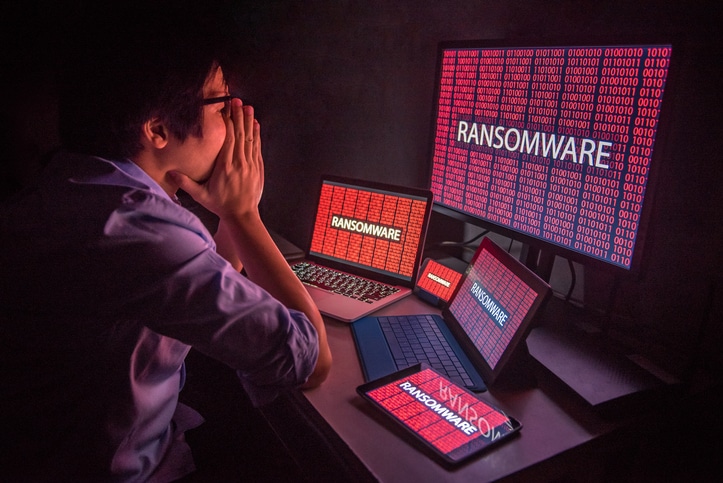Hackers Up Ransomware Attacks on Cities
Cybercriminals have shifted their focus to cities. Read on to learn about the latest ransomware attacks on Texas and how you can protect your data.

The year 2019 has seen hackers focusing their efforts on smaller local governments. In August, 22 municipalities in Texas were struck with ransomware, with hackers demanding $2.5 million in exchange for access to the compromised data.
The Nature of the Attack
The FBI and cybersecurity professionals have yet to identify the culprit, but evidence points to a single actor. The affected cities were mostly rural and now face the daunting task of restoring operations. Over 13,000 residents in Borger were unable to access birth and death certificates, and utility payments were disabled. Keene experienced similar issues. Due to the scale of the attack and concerns of additional breaches, responders have yet to determine when secure operations can resume.
In Keene, the hackers breached the city’s software provider. Many cities and small businesses outsource their cybersecurity to third-party providers in lieu of staffing an in-house IT team. While choosing a reputable provider can reduce security risks, hackers can exploit just about any vulnerability.
Mayors of the affected cities have refused to pay the hackers, a decision that many cybersecurity experts condone. Paying the ransom would not cover the cost of restoring operations, and there is no guarantee that the hackers would honor their end of the deal. The only sure outcome of paying is encouraging future attacks, ones that would likely cause more damage and demand higher ransoms.
Investigators noted that the Texas attack was unique in how over 20 cities were hit in such a coordinated fashion. Hackers launched more than 60 attacks on state and local governments in 2019 alone, targeting Maryland, Georgia, Utah, Texas, and other unsuspecting states.
To Pay or Not to Pay
Unraveling the hackers’ methods and locations requires ongoing effort. Many hackers use email phishing, using malicious links or attachments that install malware when opened. Attackers also target vulnerabilities in remote desktop systems, all the while remaining anonymous and operating from countries such as Russia and China.
Unfortunately, governments are sometimes backed into a corner and forced to pay the ransom just to keep their city running. Cyberinsurance policies may cover some of the cost, but high ransoms often leave taxpayers responsible for paying the difference. Experts advise against paying ransoms, but many situations leave it as the only option. Backups can fail, and skilled hackers can find and encrypt the backups, leaving victims high and dry.
Preventing Future Attacks
As long as we use computers, hackers can find a way to steal data. With corporations and large institutions stepping up their cybersecurity efforts, hackers have shifted their aim to more vulnerable targets: small municipalities. Many locales have yet to implement basic cybersecurity protocols, or simply don’t have the capital to install adequate defenses. These conditions make it ideal for hackers to pounce.
There is a dire need for local governments to invest in cybersecurity. Employees must understand how to identify signs of a potential breach, practice secure computing, and respond to an attack. As things stand, rural areas may have the most work to do. The most lucrative targets aren’t always the wealthiest cities, but the ones with the poorest defenses.
There needs to be a collaborative effort between software developers, government officials, and everyday citizens to implement proper cybersecurity practices. Knowing how to spot phishing attempts, using secure passwords and networks, and implementing multi-factor authentication are all excellent steps to keeping hackers at bay.





